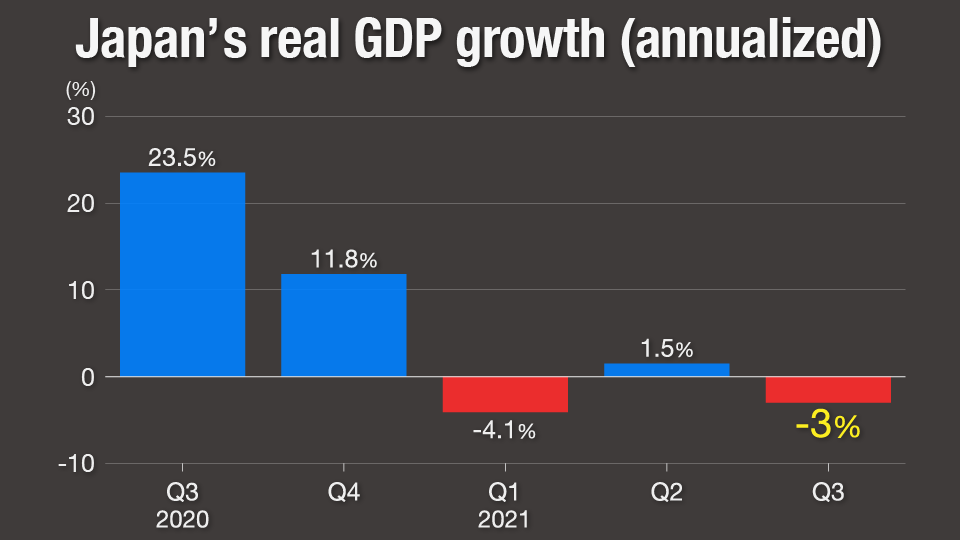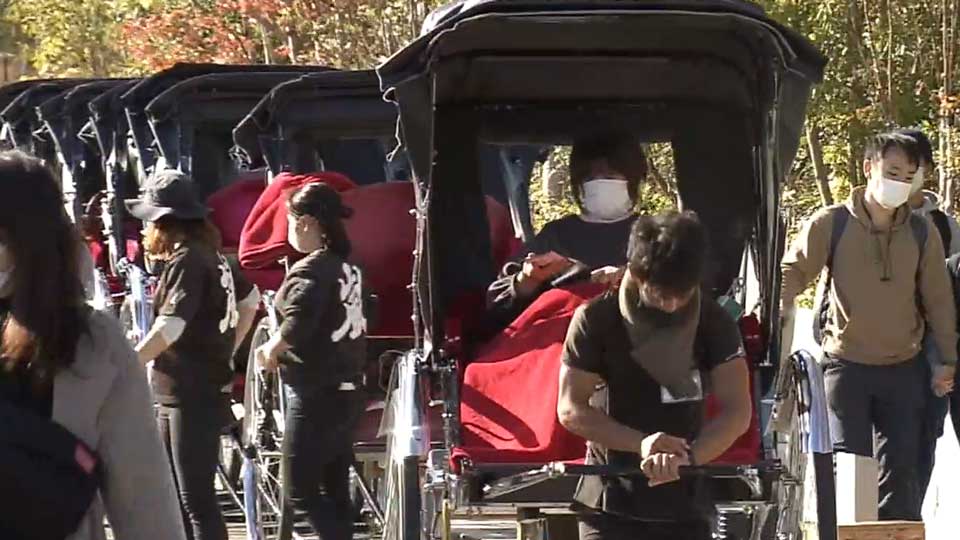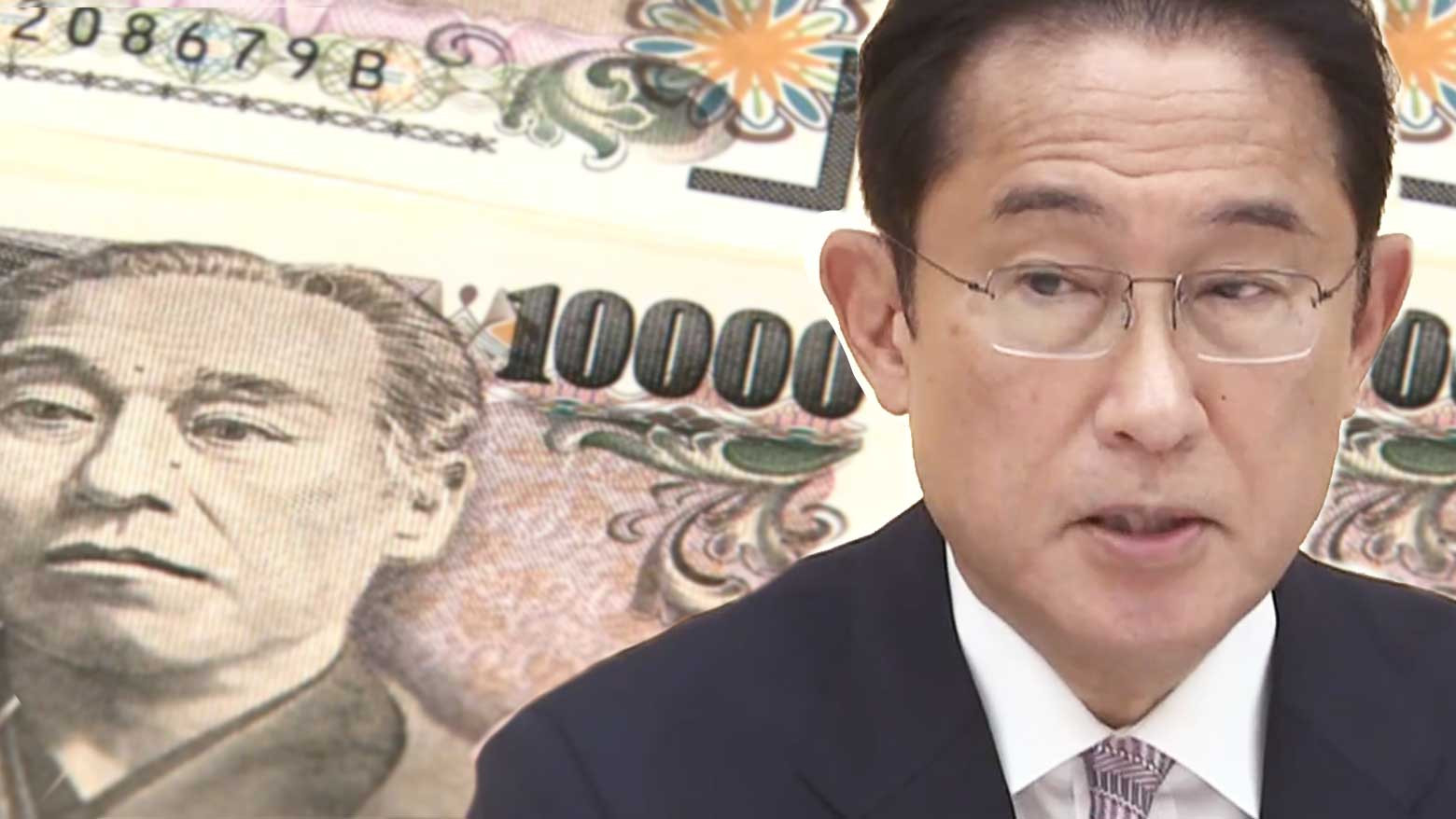The economy recorded negative growth in the July-to-September period, due to subdued personal consumption, limited exports, and slowed production. These are all factors Kishida plans to tackle in his stimulus package, which includes measures both for immediate relief, such as subsidies to offset rising gasoline prices, and long-term growth, such as aid to companies that invest in semiconductor production.

But some experts are asking whether the stimulus will have wide-ranging effects on the economy. The latest GDP data was disappointing, but other indicators give reason for optimism. The October consumption index, conducted by credit card company JCB and data analysis firm Nowcast, shows that spending for the month rose above pre-pandemic levels for the first time in nearly a year. The end of the government's coronavirus state of emergency seems to have people spending again.
"The government raised the consumption tax in 2019 and people want to know if this stimulus package is what their money should be spent on," said Kumano Hideo, Executive Chief Economist at Dai-ichi Life Research Institute. "Kishida needs to explain that these policies are worth it."
There are other concerns regarding specific elements of the package. One of its most notable features is the return of the "Go To" domestic travel subsidy campaign. While tourism and sightseeing businesses welcome the move, critics say people who have been largely confined to their homes for months are likely to spend on travel and accommodation without government encouragement.

Another point of controversy surrounds the plan for payouts to children aged 18 or younger. The goal is to support low-income families, with a cap preventing the subsidies from going to households that earn above a certain threshold. The plan is to base this cap on the salary of the highest earning member of the family, but lawmakers are split on whether there are more accurate metrics.
"The policy doesn't make much sense in its current form because the cap means families with high total incomes will still be eligible," said Kumano of Dai-ichi Life Research Institute. "It would be better to give the subsidies to single-parent households."
The issue has even led to fierce debate within Kishida's ruling Liberal Democratic Party. With an upper house election looming next year, the issue could have political implications on Kishida's government if it lingers.
Most projections show Japan's economy picking up in the October-to-December period and returning to positive growth. Many experts believe that while the government needs to help the people desperately in need, its main priority should be on drawing up a plan for more stable and long-term growth that lasts years, not months.

